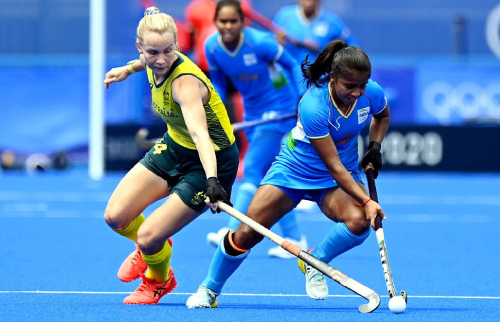Live updates
In Spotlight
- Upcoming

- Upcoming

WHAT HAPPENS DURING A URINE TEST?
An anti-doping official will notify you that you’ve been selected for a doping control test. The official will be wearing identification and will explain your rights and responsibilities. You will then be asked to show some official ID and to sign a notification form.
Once you’ve been notified that you’ve been selected for testing, you must remain in direct sight of the anti-doping official at all times. You can ask for a support person (parent, coach, friend) to accompany you.
You can wait until you’re ready to provide a sample. When you’re ready, the anti-doping official will ask you to select a sealed sample collection vessel. You will then be asked to provide your sample in a private area.
You will be asked to wash your hands. You must then provide your urine sample in direct view of the anti-doping official who will always be the same gender as you. You will be asked to remove enough clothing so that the doping control official can observe the passing of the urine. This is so that there can be no accusations that the sample was manipulated in any way.
You need to produce at least 90mls of urine. If you produce less than the 90mls of urine, this is known as a partial sample. You will be asked to seal the partial sample and give additional samples until the volume requirement is met.
If the doping control official concerned about the integrity of the sample or your behaviour in any way, they can ask you to provide another sample.
Once you’ve provided your sample, you must keep it in view at all times. You will then need to choose a tamper-evident sample kit. You will need to open the kit and ensure that the numbers on the 'A' and 'B' bottles are identical.
You will need to pour your own sample into the testing kit bottles. First pour 30mls into the 'B' bottle and then pour the remaining amount (this should be 60-80mls) into the 'A' bottle.
The doping control official will test your sample’s “specific gravity” (how dilute your sample is). If this is below the limit (meaning the sample is too dilute), you may be asked to give another sample. You will not be asked to provide more than two samples (except in special circumstances).
You’ll be asked to seal the sample bottles. The doping control official will also check they are sealed. You will then be asked to place them back into the sample kit.
You will be asked to check the numbers on the sample kit are recorded correctly on the doping control form. You will be asked to fill in some details on the doping control form, including details about any medications, supplements or substances you have recently taken.
You can also note any comments or concerns you have about the doping control process on the form. You then sign the form and the sample collection procedure is finished.
The sealed samples will be transported to a WADA accredited laboratory for analysis. Every step of the process is fully documented.
The laboratory will receive a copy of the doping control form, but it will not have your name or identification details on it.